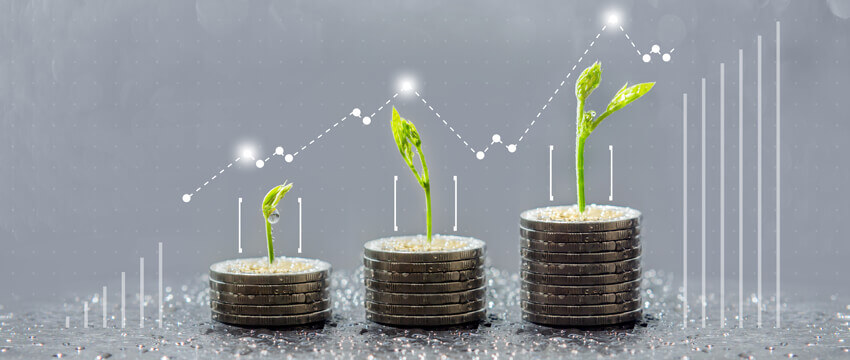Over the past two decades, Corporate Social Responsibility (CSR) has undoubtedly moved from being an overlooked function to becoming an integral component of today’s leading corporations. For some time, consumers and employees have increasingly demanded that corporations put environmental and societal considerations front and center along with growth and profit.
As a result, Fortune Global 500 firms now spend around $20 billion a year on Corporate Social Responsibility (CSR) activities. Among the largest 250 companies in the world, 92 percent produced a CSR report in 2015, informing shareholders and the public about the firms’ activities. That’s up from 64 percent having such a report in 2005.
In a powerful nod to the growing importance of CSR, Larry Fink, chairman and CEO of BlackRock, Inc., recently issued a letter to CEOs stating: “Society is demanding that companies, both public and private, serve a social purpose. To prosper over time, every company must not only deliver financial performance, but also show how it makes a positive contribution to society.”
While this sentiment has long been shared by environmental and social activists (and many Chief Sustainability Officers, sustainability directors and forward-thinking PR pros), it’s particularly noteworthy to hear these words from the leader of a top global investment firm with billions of dollars in assets.
Investors, it seems, are increasingly paying more attention to sustainability. A survey of more than 3,000 managers and investors in organizations from more than 100 countries conducted by MIT Sloan Management Review and The Boston Consulting Group found that investors increasingly believe that sustainability performance creates tangible value and are prepared to divest from companies with a poor sustainability footprint.
All business leaders should take note of this shift and work to ensure their CSR programs are meeting the ever-increasing expectations of their stakeholders, including shareholders and investors.
At its best, CSR can and should create financial value, and ultimately help ensure the long-term viability of the business. It can and should spur innovation, mitigate risk, reduce costs, differentiate brands, deepen customer relationships, engage employees and attract investors. Those are significant benefits for an area that not so long ago was largely dismissed or ignored by many businesses.
So, what makes a sustainability strategy effective? Based on our years of experience advising companies in the ever evolving area of sustainability, our team views the following as top attributes of leading sustainability programs:
- CSR efforts (and reporting) are not just a “box ticking” exercise. Senior leadership no longer views sustainability as “tree hugging” and instead understands the business value – financial, reputational and beyond.
- CSR programs are aligned around a core company purpose instead of being a disparate collection of initiatives.
- Sustainability is no longer a “siloed” function and is instead woven across business functions.
- CSR is leveraged to attract and engage not only employees, but also to deepen customer relationships and forge new business partnerships.
- Sustainability is driving innovation – in product offerings and across operations.
- Sustainability strategy is not developed in a vacuum but instead reflects the insights of varied stakeholders (employees, customers, investors, NGOs, etc.).
- The sustainability strategy has evolved year-to-year and has not been stagnant.
- CSR is leveraged as a brand differentiator with CSR messaging woven throughout customer and employee communications, advertising, marketing, PR and financial communications.
- Sustainability commitments are having a positive impact on the business, people, local communities and the planet.
Businesses still questioning the value of CSR should consider this: The Business and Sustainable Development Commission, recently released a report showing that achieving The UN Sustainable Development Goals (SDGs) in just four sectors—food and agriculture, cities, energy and materials, and health and well-being—would create $12 trillion of new market opportunities by 2030. That’s a powerful statistic.
Is your business realizing the full potential of sustainability? If not, it’s time to take a fresh look and up your CSR game.
